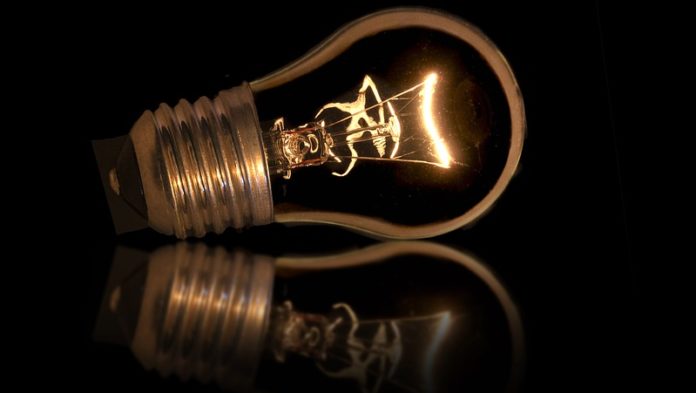
ESKOM, the South African power utility, today set out plans to buy 1,000MW in private supply with the first contract to be signed this week.
This comes off the back of stage 6 loadshedding announced on Sunday (since downgraded to stage 5 from Tuesday) in which there is rotational power rationing for 12 hours a day. The last time loadshedding was at this level was in 2019.
Eskom said today the purchase of private sector power would begin with suppliers capable of proving a megawatt. It would extend the programme to smaller suppliers at a later point. “The combined impact of the programmes … will make an important contribution towards reducing the loadshedding burden on consumers,” it said.
It would buy the energy three different ways which included importation of power from neighbouring countries.
Three-year contracts would be signed from companies which allows for a static price calculated at cost as per the recovery cost allowed to Eskom by the SA National Energy Regulation (Nersa). These contracts would also allow for a dynamic price option.
In terms of a second purchase option laid down by Eskom, it would procure more expensive power when the national grid was “significantly constrained”. These contracts would allow independent generators to supply energy daily to compete with Eskom generators in the internal market.
A third contract option was a bilateral power import programme in which Eskom would source power from neighbouring countries. “Several countries have expressed an interest in selling additional surplus power to South Africa,” said Eskom.
Eskom already imports an average of 200MW to augment its own supply in terms of the Southern African Power Pool.
“We are looking at [purchasing power at] prices we will be able to obtain on the market that will be competitive with the highest-cost alternative, which is the power produced with the [diesel-powered] open-cycle gas turbines,” BusinessLive quoted Eskom CEO André de Ruyter as saying on Sunday.
On Sunday about half of Eskom’s generation capacity was offline, with 15,600MW lost due to breakdowns and 7,000MW offline for planned maintenance.
Eskom planned to restore about 2,000MW to the grid on Sunday and about 3,000MW on Monday, but De Ruyter warned this was unlikely to be smooth sailing, as “there are often repeat trips,” said BusinessLive.
The Minerals Council today threw its support by the proposed liberalisation of South Africa’s energy sector.
“It is critical we get stabilisation in the existing network while we in the private sector do what is necessary to get investment into the next stage of South Africa’s energy chapter by developing alternative additional sources of electricity in the form of renewable energy,” said Roger Baxter, Minerals Council CEO in a statement.
“We know load-shedding will be a risk for the next two years, but we must continue to bring supplemental supply from the private sector on stream as quickly as possible.”
Members of the Minerals Council South Africa have 6,500MW (6.5GW) of embedded energy projects in the pipeline which will ease demand pressures on Eskom, giving it the space to conduct much-needed maintenance programmes. The 89 projects by 29 mining companies are worth more than R100bn.











